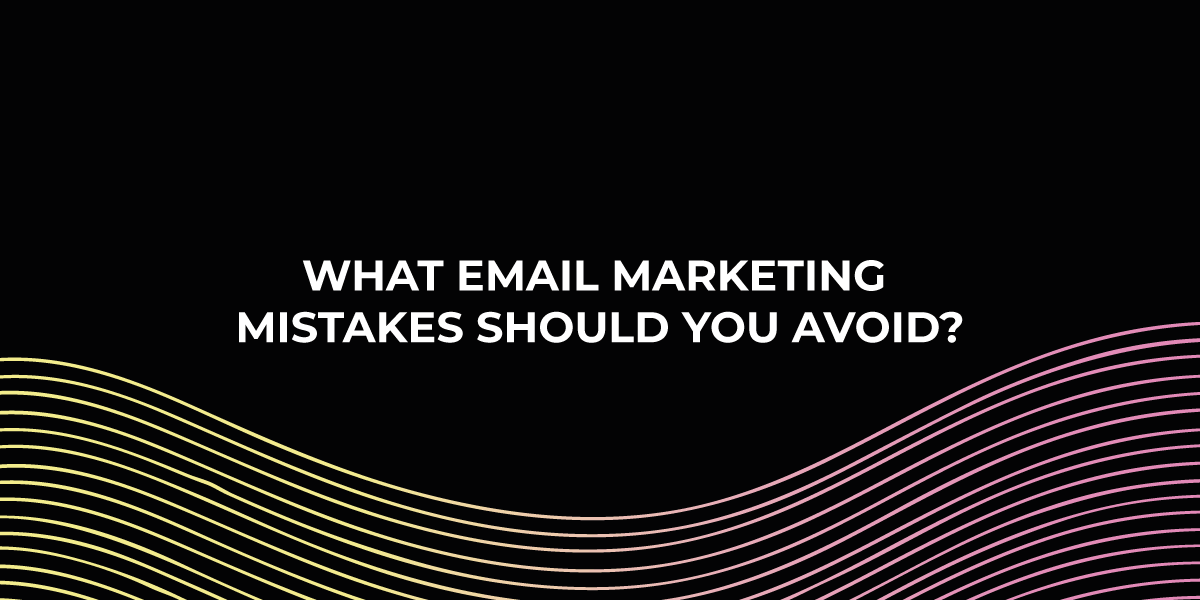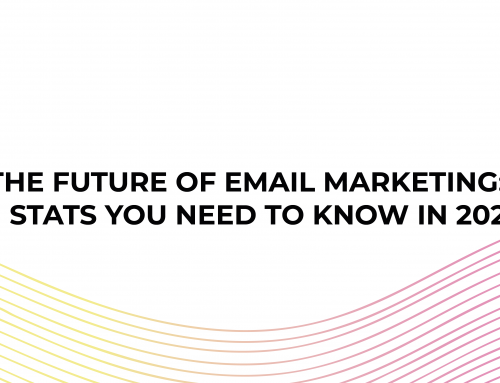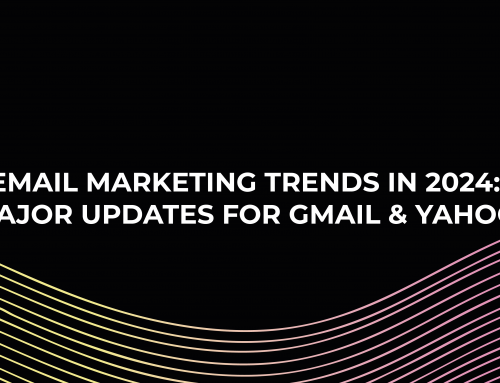On average, every pound invested in email marketing generates £33 in return. With such a high ROI (return on investment), it’s easy to understand why email marketing is an excellent tool for both companies and bloggers.
If your email marketing initiatives aren’t yielding results after many tries, chances are you’re doing something incorrectly.
Marketers are often confronted with the following questions:
- Why aren’t my email recipients opening it?
- Why is my unsubscribing rate so high?
- Didn’t they like the content after opening it?
The most crucial step is to recognise your faults. If you correct it, you will undoubtedly see favourable effects soon.
This post will look at some of the most frequent errors people make while sending marketing emails and how to avoid them.
Ready? Let’s dive right in.
Mistake #1: Sending Too Many Emails
When you initially start email marketing, your communications are most likely planned and well-structured. However, if your efforts grow more successful, you may be tempted to send more emails to maintain engagement and traffic but doing so would be frequent email marketing blunders. An additional email here leads to a new weekly message there, and your clients will soon be unable to keep up—and will not want to.
Email fatigue is a genuine issue that your company is dealing with. Customers will begin to disregard your communications, grow irritated by their frequency, and finally unsubscribe. Consider the following Campaign Monitor data on the reasons why consumers unsubscribe or block branded emails:
- Because the organisation sends emails too often, 45.8 percent of consumers marked an email as spam. This was the most common cause for marking anything as spam.
- When asked how organisations might enhance their email efforts, the top response given by 43.9 percent of consumers was that they should send fewer emails.
Mistake #2: A Lack of a Clear Call to Action
Your content, as you’ve undoubtedly read a time or two or ten, requires a call to action (CTA). This is true whether you’re talking about a landing page, a blog post, or an email.
If you don’t include a call to action, you’re leaving it up to your audience to figure out what you want them to do. Your readers are unquestionably intelligent, but this is asking too much of them.
So, before you begin writing your email, have a clear idea of its objective in mind.
What do you want to achieve? Do you wish to publicise a piece of material you created? Do you want to alert the reader to a new product or event? Do you want to sell something?
Concentrate your email’s language, pictures, and design on guiding your readers to this result. Then, before you send the email, make sure your call to action is clear, attractive and directs the reader to the desired goal.
Mistake #3: Only Sending Out Special Offers and Promotions
Are you sending out discount after discount to your subscribers with no end in sight? If this is the case, you may be overwhelming and annoying your customers.
While promotional emails serve a purpose, keep the 80/20 rule in mind. According to this rule, 80 per cent of your content should be informative, entertaining, and valuable, while the remaining 20% should be sales-related. Rather than bombarding your subscribers with promotions, send them content that will add value to their lives.
Mistake #4: Penning Poor Subject Lines
We all get a lot of emails. Consequently, many users scan each email subject line for a few microseconds before deleting undesirable sales pitches in bulk.
Everyone has heard grandiose subject lines promising the reader that they can lose 20 pounds in two weeks or earn six figures in the next month. Hyped-up email subject lines scream spam, and readers often identify them as such. Even if readers avoid designating a specific sender as spam, declaring the impossible causes them to roll their eyes and click the delete button.
Subject lines that entice readers to open them and act on them contain numerous characteristics:
- They don’t tempt consumers to open; instead, they deliver value.
- They’re brief and to the point.
- They concentrate on the matter at hand, avoiding fluff and filler words.
- They sound professional, not spectacular.
- They are customised.
- They refrain from shrieking at the reader in all capitals.
Busy professionals avoid emails with little apparent value in the subject line. Emails are deleted without being read because poor subject lines waste marketers’ time while producing extra money.
Mistake #5: Not Allowing Recipients to Reply
Are you mailing from no-reply@yourdomain.com or donotreply@yourdomain.com? No one looks forward to receiving emails from their ‘good buddy’ Do Not Reply.
Using such a sender email address is not only uninviting but also quite unwelcoming. Don’t be shocked if your open rate falls if you utilise such sender addresses. 64% of receivers open an email based on the sender’s identity.
To prevent a sharp drop in open rates, always send emails from an email address your readers are acquainted with and to which they can respond if necessary. If your email does not enable the receiver to reply or ask questions, they may seek a more personalised experience where businesses are interested in hearing back from their consumers.
Mistake #6: Not Optimising for Mobile
As consumers continue to check emails on smartphones, your company must consider mobile optimisation when emailing customers.
“You can usually see in reports whether most people are reading your email on a desktop or mobile device,” said Shannon Howard, content editor and producer at The Predictive Index. “It’s always good to send yourself a test copy of your email and check across devices to see if the font is big enough, the graphics or video looks good, the flow of the email translates well, and if the email is too long to scroll through if reading from a phone.”
Customers have a positive experience when they get the most acceptable emails on mobile and desktop. It may take a few more minutes to polish your email structure, but it’s well worth the time to guarantee your emails are mobile-friendly.
Final Thoughts
Mistakes are unavoidable, but they are acceptable if we are ready to rectify them. If you make such errors, please be sure to send a corrective email. ESPs, on the other hand, provide the ability to either recall or alter your emails.
Now that you understand the most frequent email issues and how to rapidly remedy them, you can adapt your plan to get the highest conversion rates.




